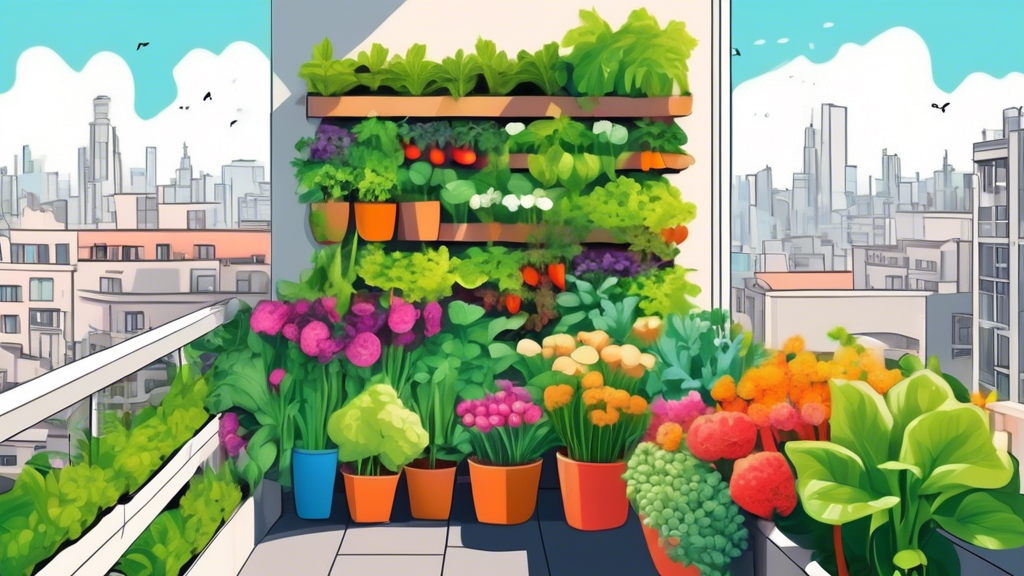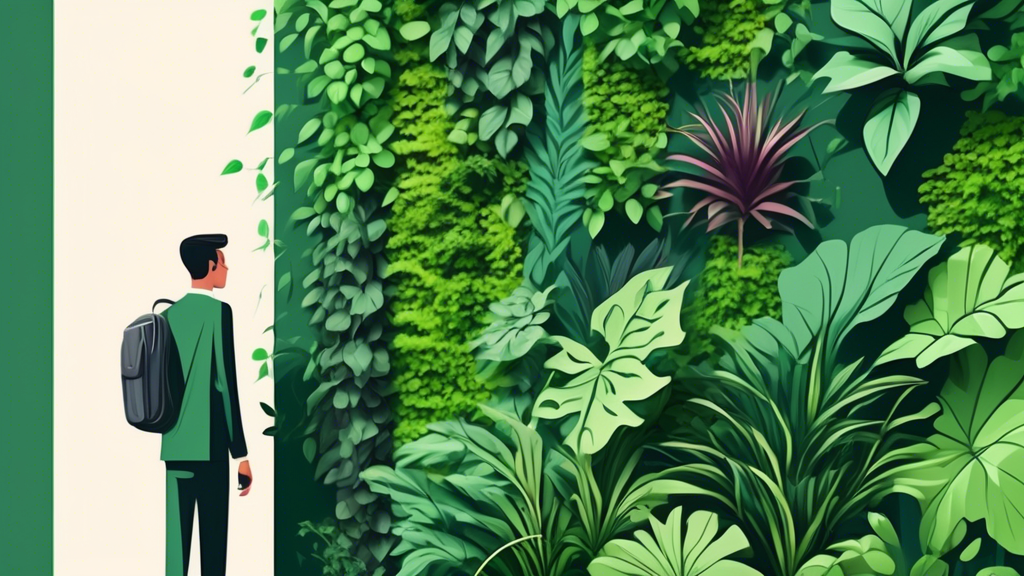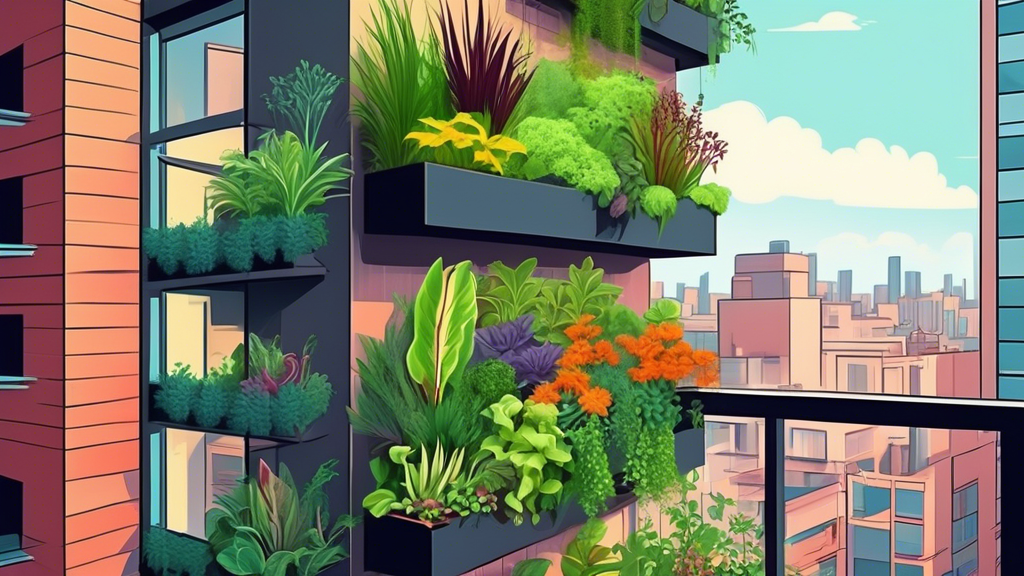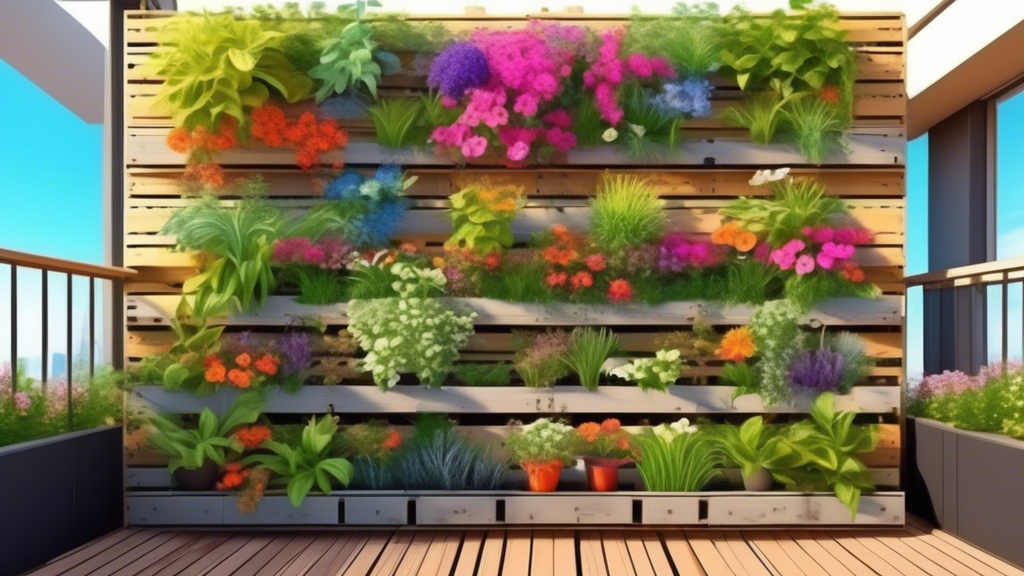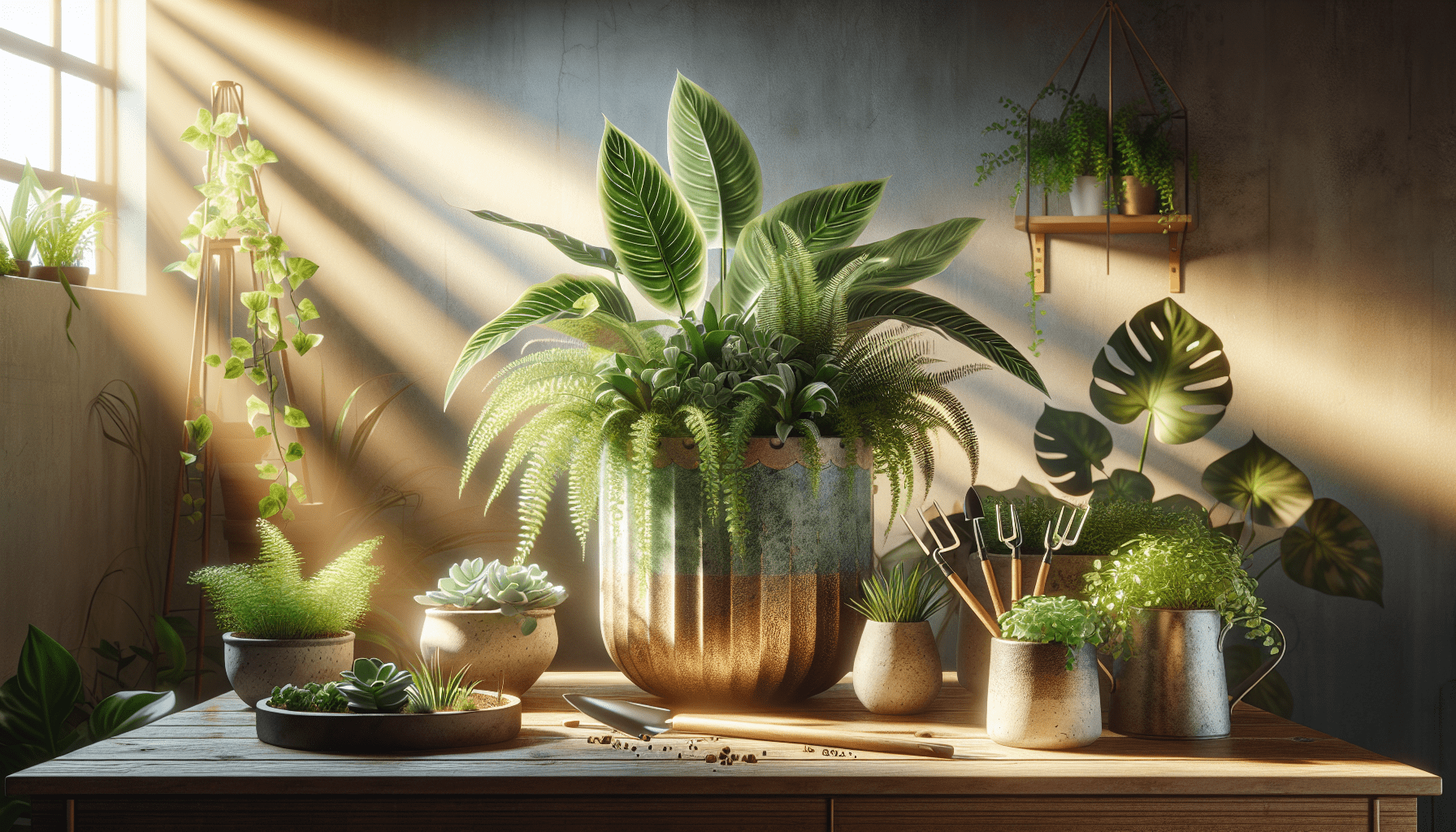
Welcome to “Indoor Gardening Secrets for Beginners”! In this short guide, you’ll discover practical tips to help you start your indoor garden. Whether you’re new to nurturing plants or just curious about bringing a touch of green into your home, we’ll walk you through everything from choosing the right plants to creating the perfect environment for them to thrive. Let’s grow something beautiful together! Have you ever wondered how you can bring a touch of nature into your home, even if you don’t have a backyard? Indoor gardening could be the answer you’re looking for! Whether you’re dreaming of a lush indoor jungle or merely want to keep a few plants alive, this guide will set you on the right path.
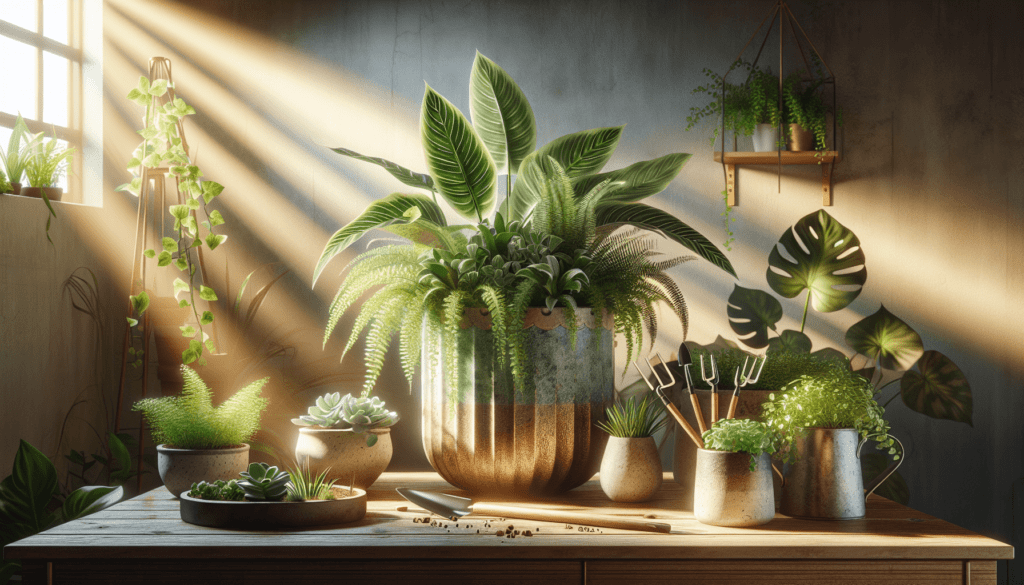
Understanding Indoor Gardening Basics
Starting your indoor garden journey starts with understanding the essentials. You’re not only creating a beautiful space but also cultivating living organisms that require care, attention, and a bit of knowledge.
Why Choose Indoor Gardening?
You might be asking yourself, why indoor gardening? Well, there are numerous reasons why growing plants indoors can be incredibly rewarding. Indoor plants can improve air quality, boost your mood, and even enhance your décor. Plus, if space is limited, gardening indoors provides a way to enjoy nature without needing a large outdoor area.
Choosing Your Plants
Selecting the right plants for your indoor garden is crucial. You want plants that can thrive indoors, with your particular lighting and environmental conditions. Here are some options you might consider:
| Type of Plant | Light Requirement | Difficulty Level | Special Notes |
|---|---|---|---|
| Snake Plant | Low to Medium | Easy | Tolerant of neglect |
| Spider Plant | Medium to Bright | Easy | Great for hanging pots |
| Peace Lily | Low to Medium | Moderate | Prefers higher humidity |
| Pothos | Low to Bright | Easy | Excellent for beginners |
| Succulents | Bright | Moderate | Require well-draining soil |
Understanding Light Requirements
Light is a critical factor for your indoor plants. Without adequate light, plants can’t photosynthesize properly, leading to stunted growth or even death. Understanding the types of light your plants need helps in positioning them properly:
- Low Light: Ideal for plants like Snake Plants or ZZ Plants. These can thrive in darker corners of your home.
- Medium Light: Most indoor plants fall into this category and do best near windows that receive filtered light.
- Bright Light: Perfect for succulents and cacti, best positioned in sunny spots.
Creating the Perfect Environment
Achieving a thriving indoor garden isn’t only about choosing the right plants; it also involves creating an optimal environment for them to grow. Let’s delve into the elements that contribute to a healthy indoor garden.
Temperature and Humidity
Most houseplants thrive in temperatures between 60-75°F (15-24°C). Consistent temperatures are vital, as rapid changes can stress plants. Similarly, humidity levels should be monitored, especially in winter when indoor air can be drier. Consider using a humidifier or placing plants on a tray with water and pebbles to maintain moisture levels.
Soil and Potting
The right soil mix can make all the difference. While outdoor soil might seem like a convenient choice, it can compact indoors and suffocate roots. Instead, use potting soil specific to your plant type. Succulents, for example, need well-draining soil, while other houseplants might need soil rich in organic matter.
Watering Your Plants
Overwatering is one of the most common mistakes in indoor gardening. Understanding your plant’s specific watering needs is crucial. Some general tips include:
- Check soil moisture: Insert your finger about an inch into the soil. If it feels dry, it’s time to water.
- Drainage: Ensure pots have drainage holes to prevent waterlogging.
- Consistency: Water consistently, but adjust based on the plant’s needs and season.
Taking Care of Your Garden
Once your indoor garden is set up, the next step is ongoing care. Proper maintenance will keep your plants healthy and thriving.
Fertilizing Your Plants
Plants need nutrients, and indoor plants are no different. Regular fertilization helps provide the essential nutrients that may not be present in your potting mix. Consider these tips:
- Choose the right fertilizer: Use a balanced, water-soluble fertilizer for most houseplants.
- Follow recommendations: Apply fertilizer according to the plant’s specific needs and the instructions on the package.
- Frequency: Typically, fertilize during the growing season (spring and summer) and reduce or stop during winter.
Pruning and Repotting
Pruning helps in promoting growth and preventing plants from becoming leggy. Cut back any dead or yellowing leaves to encourage new growth. Similarly, repotting is essential for plant health, providing fresh nutrients and more room for roots.
- Signs of repotting: Watch for roots growing out of drainage holes, which indicates it’s time to move to a larger pot.
- How to repot: Gently remove the plant, trim any excess roots, and place it in a new pot with fresh soil.
Troubleshooting Common Issues
Even with the best care, you might encounter problems. Being prepared to troubleshoot can save your plants from distress.
Pests
Indoor plants can attract pests like aphids, spider mites, or fungus gnats. Early detection is crucial. Check your plants regularly for signs of pests and treat them promptly using natural insecticidal soap or neem oil.
Diseases
Common indoor plant diseases include root rot, powdery mildew, and leaf spot. Here’s how you can tackle them:
- Root Rot: Typically caused by overwatering. Ensure pots have proper drainage and adjust your watering habits.
- Powdery Mildew: Often due to poor air circulation. Move plants to a less crowded space and treat with a fungicide.
- Leaf Spot: Remove affected leaves and improve air circulation.
Yellowing Leaves
Yellowing leaves can indicate various issues, from overwatering to nutrient deficiency. Pay attention to the plant’s overall appearance and environmental conditions to pinpoint the cause.
Getting Creative with Indoor Gardening
Part of the fun of indoor gardening is creating a space that reflects your style. From hanging planters to terrariums, there are numerous ways to get creative.
Hanging Planters
Hanging planters are perfect for saving space and adding visual interest. Plants like Spider Plants or trailing Pothos look stunning draping down from elevated positions.
Terrariums
Terrariums create miniature ecosystems that can be captivating and easy to manage. Using succulents or ferns, you can build a small world inside a glass container, which often requires less maintenance.
Vertical Gardens
If space is a constraint, vertical gardens allow you to grow upward. Use wall-mounted planters or shelves to arrange your plants creatively.
Benefits of Indoor Gardening
Aside from the obvious aesthetic benefits, indoor gardening offers several health and psychological perks.
Improved Air Quality
Plants like Peace Lilies and Snake Plants are known for their ability to filter toxins and improve indoor air quality. They absorb pollutants and release oxygen, making your home healthier.
Stress Relief and Mental Health
The presence of greenery can have a calming effect. Caring for plants and watching them grow is therapeutic, reducing stress and improving mental health.
Resources for Continued Learning
Embarking on an indoor gardening journey means there’s always something new to learn. Here are some resources to continue expanding your gardening knowledge:
- Books: “The Indoor Gardener’s Handbook” provides in-depth advice and plant care tips.
- Online Communities: Join online forums and social media groups dedicated to indoor gardening.
- Workshops: Look for local workshops or online webinars that offer practical advice and hands-on experience.
Final Thoughts
Indoor gardening can transform your living space into a vibrant, green oasis. While it may seem overwhelming at first, with the right information and a bit of dedication, you’ll find it to be a rewarding experience. Start small, choose plants that suit your environment, and enjoy the many benefits that come with bringing a bit of nature inside your home.
Embrace your inner gardener and see how indoor gardening can enrich your life! Happy planting!
